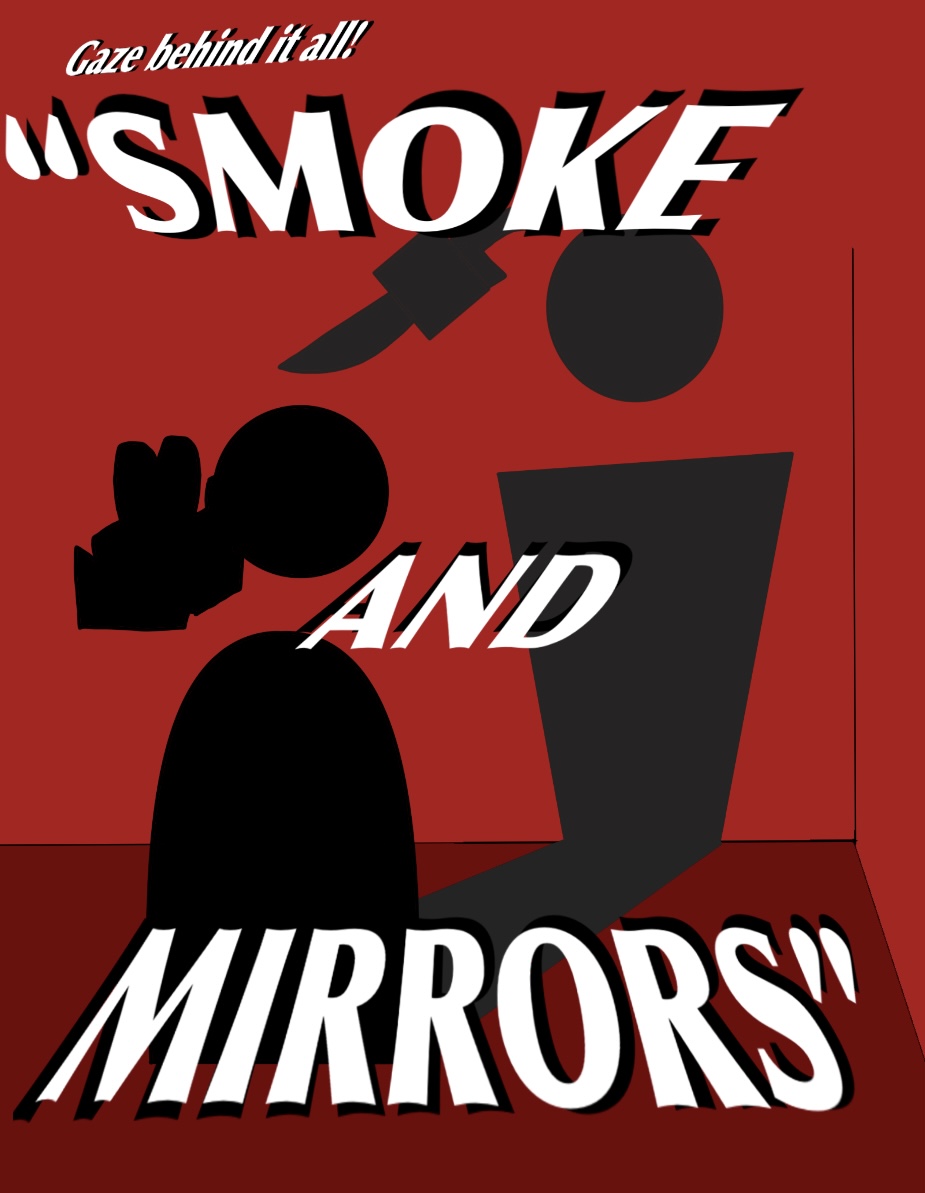Welcome to Forgotten Fronts. This is a blog dedicated to uncovering the small yet significant battles that shaped the outcome of WW2. We’re your hosts Griffin Allred and Esteban Villa.
History books focus primarily on major events such as D-Day and the Battle of Stalingrad, but smaller battles proved essential for Allied victory. The battles fought in remote villages, open seas, and mountainous terrain often determined the outcome of entire military operations. Historical records have forgotten these battles because time has hidden them under more prominent news headlines.
The blog exists to address this oversight. The Forgotten Fronts website will expose these underrecognized battles through detailed examinations of their historical background, key figures, strategic importance and enduring effects. This blog will demonstrate how small-scale battles including the Siege of Lille, The Battle of the Philippine Sea and the Gothic Line Mountain Campaign influenced worldwide outcomes. The Forgotten Fronts blog presents stories about courageous military plans and wartime losses which need to be remembered by students of history as well as enthusiasts and anyone interested in WW2’s lesser-known aspects.
Time attempted to erase these battles from memory, yet they established the foundation for our present-day world.
The time has arrived to discover the unacknowledged aspects of the greatest human conflict in history. Let’s begin.
May 9th, 2025 – Turning the Tide
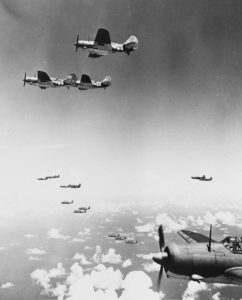
The Battle of Philippines Sea. The majority of Pacific WW2 discussions focus on Pearl Harbor, Iwo Jima and Midway. But there’s one battle which was equally decisive. The Battle of the Philippine Sea stands as a crucial yet forgotten naval battle that occurred from June 19 to 20, 1944.
Despite receiving much less attention than more known Iwo Jima and Midway, the battle proved crucial in turning the tide for the Pacific. To dive into the battle, American forces moving toward the Mariana Islands encountered a fierce Japanese counterattack. This counterattack aimed to stop their advance. The aerial confrontation resulted in hundreds of planes engaging in combat during what became famous as the Great Marianas Turkey Shoot. Japanese air forces lost more than 300 aircraft during that day. The Japanese air fleet suffered a devastating defeat which resulted in the loss of three aircraft carriers, as well as numerous experienced pilots. The crippling loss of these aircraft and skilled pilots made it impossible for Japan to perform extensive naval operations against the Allies.
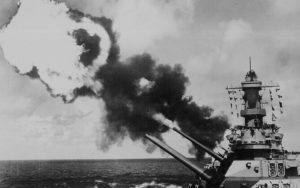
The U.S. Navy used its advanced radar systems, trained pilots and coordinated aircraft operations to achieve total victory against the Japanese fleet. The battle remains less famous than Midway, but its effects became crucial for the allies during the war. The U.S. invasion of the Philippines became possible after this battle, while American forces gained proximity to attack Japanese territory directly. The battle marked the end of Japanese participation in carrier warfare.
There are several stories from soldiers who witnessed the battle firsthand. One of those is from Aviation Radioman Second Class John Conrad Bramer, Jr. According to the United States Navy’s history page, he was on board the carrier Wasp. In his journal entries he was really able to capture the lengthy mission nicknamed, Operation Forger, (Battle of the Philippines Sea). Bramer and his pilot, Lieutenant (junior grade) Albert Walraven, left Wasp’s deck at 1630. Arriving over the enemy, Walraven picked his target and initiated his dive-bombing run:
““Then the fireworks started. More anti-aircraft fire came up at us from those ships below than I ever had the misfortune to dodge up until that time,” ‘Bramer wrote. After dropping his bomb on an oiler, Walraven exited the area.’ “The ‘ack-ack’ followed us for quite a while and when it stopped, I thought my worries were over. In reality our troubles were only beginning.” ‘Fighters of the Japanese combat air patrol descended on the SB2C, prompting evasive action by Walraven as Bramer fired his .30-caliber machine guns at the enemy planes. Fortunately, F6F Hellcats that had escorted the strike group arrived on the scene, driving off the Japanese fighters.’”
The Battle of the Philippine Sea should be remembered because it permanently shifted the war momentum to the Allies while demonstrating its large-scale effects. The battle represented a crucial but often forgotten or overshadowed moment in WW2 history.
May 15, 2025 – The Miracle before the Miracle
The Siege of Lille during May 1940 played a pivotal but often overshadowed role in the later more famous WW2 event, the miracle of Dunkirk. The siege occurred beneath the prominence of Dunkirk and Normandy. General Jean-Baptiste Molinié led the French First Army which became trapped inside Lille, as German forces executed their Blitzkrieg advance through France. The French defenders chose to stay in Lille while they delayed the advance of German forces.
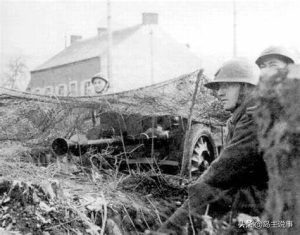
The French defenders, consisting of more than 40,000 troops, resisted German forces totaling 100,000 soldiers with tanks, artillery support and air power during four days from May 28th to June 1st. The defenders transformed Lille into a fortified stronghold despite being heavily outmatched by their opponents. The intense combat in urban areas made the Germans set aside essential time and resources to fight the battle.
This delay proved critical. The French defenders maintained their position while the British Expeditionary Force and thousands of French soldiers successfully evacuated from Dunkirk which lay only a short distance away. According to historical estimates, the prolonged defense of Lille by French forces enabled the evacuation of an additional 100,000 Allied troops across the English Channel according to historical estimates. The successful Dunkirk evacuation would have appeared entirely different if Lille had not put up its resistance.
The defenders of Lille lost their city, but their bravery in battle became a significant strategic victory. The defenders made a deliberate choice that demonstrated courage. What the French didn’t know at the time is that their actions secretly contributed to saving the core strength of the Allied and their own French forces.
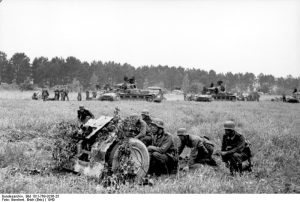
After the Siege of Lille happened and the Dunkirk evacuation was successful, Sir Winston Churchill, who was the prime minister of the United Kingdom at the time, released a statement regarding the Siege:
“These Frenchmen, under the gallant leadership of General Molinié, had for four days contained no less than seven German divisions which otherwise could have joined in the assaults on the Dunkirk perimeter. This was a splendid contribution to the escape of their fortunate comrades in the BEF”
The Siege of Lille needs recognition because it represents both its military significance and the inspiring human tale of bravery and perseverance. The outcome of historical events like the miracle of Dunkirk could, and was, influenced by lesser-known military actions during WW2. With the newfound understanding of how the Siege of Lille heavily impacted the war, and how many lives it saved, we now learned that if the 40,000 French soldiers decided to not stand their ground and fight for their country, history would be completely rewritten.
May 23, 2025 – The Final Push
During the final year of WW2, the Allies encountered one of Europe’s most powerful German defensive lines, while advancing north through Italy known as the Gothic Line. The Apennine Mountains hosted this defensive line which contained barbed wire and bunkers because Hitler considered it his final defensive barrier to halt the Allied forces in Italy.
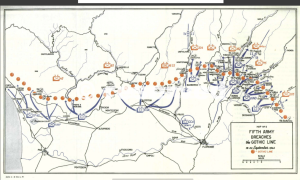
The battle for the Gothic Line started in August 1944 and dragged on through the cold winter months. German Field Marshal Albert Kesselring fortified the mountainous terrain with tank traps, machine gun nests and minefields because he believed the difficult landscape would stop the Allied forces. The following battle proved to be an intense and prolonged fight. Soldiers went through muddy terrain while enduring harsh weather conditions and received intense enemy fire throughout their ascent.
Allied troops consisting of Canadian and British forces along with Americans, South Africans and Indians fought against both enemy soldiers and the harsh natural environment during this battle. The rate of advancement reached only a few yards each day in specific locations because of these conditions. The Futa Pass and Monte Battaglia battles evolved into intense close-range combat which resulted in quick casualties for both sides.
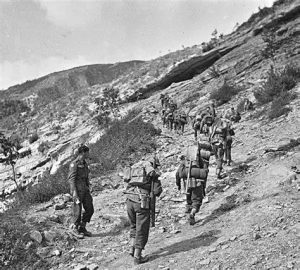
To highlight a specific hero from this campaign, Private Ernest Alvia “Smokey” Smith received the Victoria Cross after defending against German tanks and soldiers using his PIAT anti-tank weapon and Thompson submachine gun during the battle. This kind of bravery occurred frequently throughout the entire front, as it was the standard behavior of soldiers during that time.
The Gothic Line campaign received less attention than D-Day and The Paris Liberation, but it successfully drained German resources which accelerated their total defeat. The Allies achieved their breakthrough in April 1945 which led to the liberation of Northern Italy and ultimately sealed the fate of Axis powers in Europe.
The Gothic Line campaign stands as a testament to the resilience and determination of Allied forces in the final year of WW2. Despite the harsh terrain, fortified German defenses, and brutal weather conditions, soldiers from multiple nations came together and fought relentlessly to break through Hitler’s last defensive barrier in Italy.



